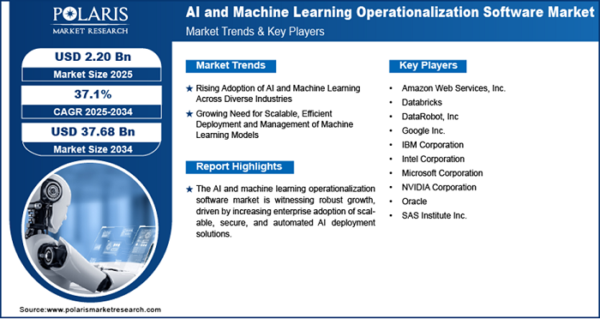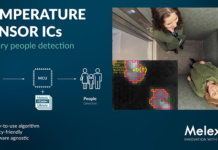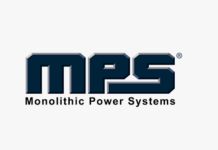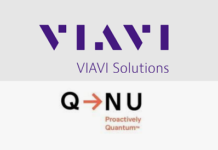Artificial intelligence (AI) and machine learning (ML) models are powering real-time decisions across industries. However, moving models from development to production-ready systems is a complex process. This is where the AI and machine learning operationalization software market comes into play. These solutions bridge the gap between data science and IT operations by automating deployment, retraining, and governance of ML models in production environments. As AI becomes a crucial aspect of everything from fraud detection to predictive maintenance, the demand for robust operationalization tools is surging.
What Does AI and Machine Learning Operationalization Software Do?
AI and machine learning operationalization software play a crucial role in bridging the gap between data science experimentation and enterprise-grade AI deployment. It enables organizations to manage the entire lifecycle of machine learning models with a high degree of automation, consistency, and scalability. Key functionalities of the software include:
- Model Deployment: Seamless integration into production systems via APIs or containers.
- Monitoring and Logging: Real-time performance tracking to detect drift, bias, or degradation.
- Version Control: Managing multiple iterations of models and datasets for reproducibility.
- Automation: Streamlining CI/CD pipelines for ML.
- Governance and Compliance: Ensuring transparency, auditability, and ethical AI practices.
These capabilities help organizations scale AI adoption while maintaining trust and reliability.
What Are Types of AI and ML Operationalization Tools?
Here’s a look at some of the common AI and ML operationalization tools:
End-to-End MLOps Platforms: Comprehensive platforms, such as AWS SageMaker and Azure ML, offer integrated environments. These environments enable model training, deployment, and monitoring. They cater to the needs of large-scale enterprises with modular toolsets and built-in compliance features.
Specialized Tools: Some vendors focus on specific operational needs, such as model versioning, pipeline orchestration, or explainability. These tools are often used in conjunction with in-house or cloud-native solutions to create customized workflows.
Open-Source Frameworks: Open-source projects like Metaflow and Airflow are popular among tech-savvy teams building custom MLOps stacks. They offer flexibility and community-driven innovation. However, they require internal expertise to manage effectively.
What Are Key Market Stats?
- The AI and machine learning operationalization software market is poised to witness sustained growth, as per the newly published research report by Polaris Market Research.
- The market for AI and machine learning operationalization software was valued at USD 1.61 billion in 2024 and is projected to grow to USD 37.68 billion by 2034.
- The market is anticipated to register a CAGR of 37.1% from 2025 to 2034.
What’s Propelling Market Forward?
Below are the key factors fueling the market growth:
AI at Scale Across Industries
Industries such as banking, healthcare, logistics, and retail are rapidly scaling their AI initiatives. Businesses across these industries often deploy hundreds or even thousands of models simultaneously. This surge in production-grade models creates a complex ecosystem where performance, consistency, and risk mitigation must be managed at scale. AI and machine learning operationalization software provides the necessary infrastructure to orchestrate these models, ensuring uptime and version control.
Continuous Learning and Model Updating
In fast-evolving business environments, static machine learning models can become outdated quickly as data patterns shift. Whether it’s customer behavior or supply chain dynamics, AI and machine learning operationalization software supports automated retraining, validation, and redeployment. They enable models to stay aligned with real-world inputs. This continuous learning loop ensures AI systems remain accurate, responsive, and competitive over time.
Increasing Focus on AI Governance
With AI systems influencing everything from credit scoring to hiring decisions, there is increased emphasis on fairness and transparency. Regulatory bodies and stakeholders are demanding explainability and ethical safeguards in algorithmic decision-making. AI and machine learning operationalization platforms are addressing these challenges by embedding governance features such as model lineage tracking and bias monitoring. This creates a foundation for responsible AI deployment.
What Are Key Benefits of AI and Machine Learning Operationalization Software?
Here’s a look at some of the key benefits of the solutions offered by AI and machine learning operationalization software market key players:
Faster Time-to-Value: These platforms automate deployment and modeling. That way, they reduce the time it takes to move a model from prototype to production.
Continuous Improvement: Integrated feedback loops allow for faster identification of issues and ongoing model refinement. This helps improve performance over time.
Operational Efficiency: Standardized pipelines and automated processes reduce manual intervention. The automation frees up data scientists to focus on innovation.
Enhanced Security and Compliance: Role-based access and encrypted model handling ensure that sensitive ML operations meet enterprise-grade security standards.
Conclusion
Organizations are increasingly relying on AI to drive mission-critical outcomes. This shift has focused on model accuracy rather than real-world performance and reliability. AI and machine learning operationalization software have become essential for responsible, scalable, and sustainable AI adoption. With rising innovation and evolving regulations, AI and machine learning operationalization software market are set to play a pivotal role in shaping the next decade of digital transformation.

















